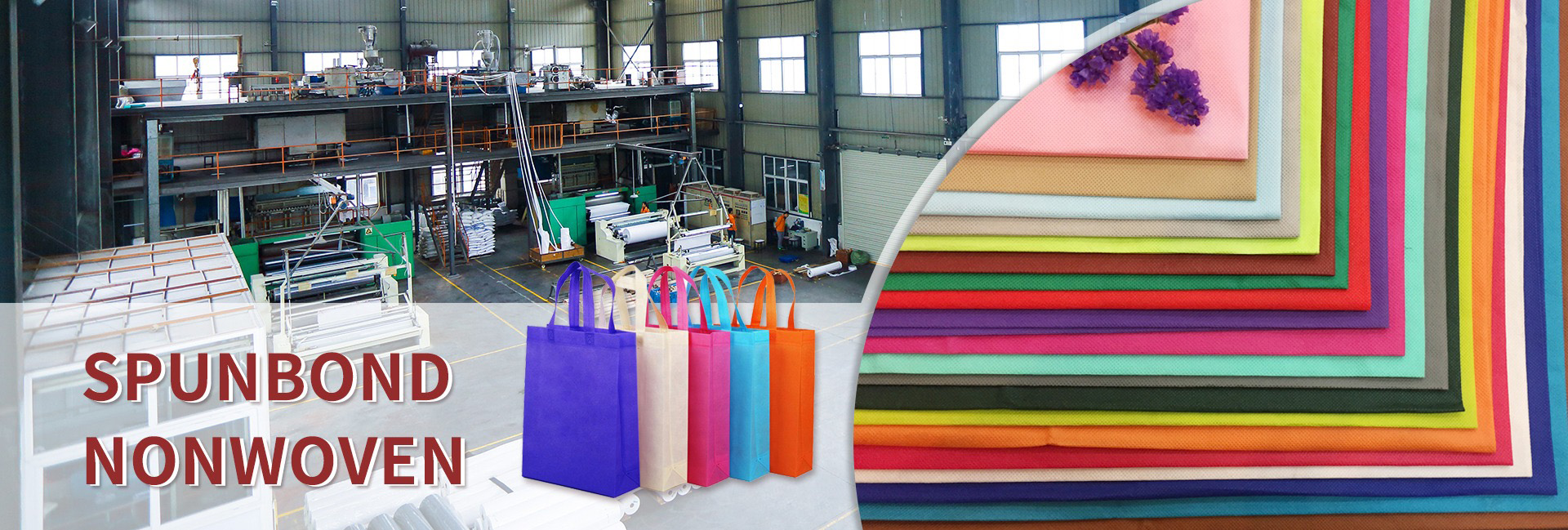Recently, there has been a big news in the medical materials industry – a new type of antibacterial polypropylene fiber material for medical use has been successfully developed. Some people may say, isn’t it just a fiber material? Is it worth paying so much attention to? But if you understand the technological breakthroughs behind it and its potential impact on the medical field, you will understand the weight of this matter. The medical protective antibacterial polypropylene fiber material QY40S, jointly developed by Lanzhou Chemical Research Center of China Petroleum and Petrochemical Research Institute and Qingyang Petrochemical, showed excellent performance in long-term antibacterial performance evaluation. After 90 days of initial industrial product placement, the antibacterial rates against Escherichia coli and Staphylococcus aureus were not less than 99%. The successful development of this product marks another heavyweight product for China Petroleum in the field of medical polyolefins, which will further enhance the competitiveness of China’s polyolefin industry.
Polypropylene fiber material
First, let’s talk about the “status” of polypropylene fiber materials in the medical field. Many of the masks, surgical gowns, medical bed sheets, protective clothing, etc. that we come into contact with in our daily lives are made from polypropylene fibers. It is lightweight, breathable, and relatively low-cost, and has always been the main force in medical protective materials. But traditional polypropylene fibers have a clear shortcoming: insufficient antibacterial performance.
This has brought about many problems. For example, some medical textiles that have been used for a long time can easily become a breeding ground for bacteria, increasing the risk of cross infection. Although there have been some antibacterial treatment techniques before, either the antibacterial effect is not long-lasting and becomes ineffective after a few washes; Either the added antibacterial agents may have safety hazards and do not meet the strict requirements of medical grade.
Antibacterial PP fiber
Antibacterial grade textiles are widely used and have strong social demand. This year, the global production of antibacterial spunbond nonwoven fabrics will increase to around 4.8 million tons, of which two-thirds will be used for medical and disposable antibacterial hygiene products. At present, the demand for non-woven fabrics used in medical and disposable antibacterial hygiene products in China is about 300000 tons per year.
The newly developed medical antibacterial polypropylene fiber material directly solves this problem from the source. It adopts a new type of antibacterial modification technology, which uniformly integrates antibacterial components into the molecular structure of polypropylene fibers, rather than simply coating the surface. In this way, the antibacterial effect becomes very long-lasting, even after multiple washes and disinfections, it can still maintain good antibacterial performance.
According to the R&D team, this new fiber material can achieve an inhibition rate of over 99% against common pathogenic microorganisms such as Staphylococcus aureus, Escherichia coli, and Candida albicans, fully meeting the high standards of medical antibacterial materials. More importantly, after multiple safety tests, it does not contain any toxic or harmful substances, has no irritation to human skin, and has excellent biocompatibility.
The impact of this breakthrough
From the perspective of patients, the use of medical textiles made from this material can greatly reduce the risk of bacterial infection in hospital environments, especially for critically ill patients with weak immunity and postoperative patients, which undoubtedly adds an important protective barrier.
For medical staff, protective clothing, surgical gowns, etc. made of this material have a more comprehensive protective effect, can reduce the risk of occupational exposure, and make them more at ease when working on the front line.
From the perspective of the development of the medical industry, this new type of material may promote the upgrading and replacement of a batch of medical supplies. For example, future medical masks can not only filter out particulate matter, but also actively resist bacteria; Medical bed sheets can maintain cleanliness without frequent replacement, saving labor costs and being more environmentally friendly.
Of course, any new technology requires a process from successful development to large-scale application. At present, this new type of medical antibacterial polypropylene fiber material has entered the stage of small-scale trial production, and related enterprises are actively promoting industrialization. It is expected that in the near future, we will be able to see medical supplies made from it in major hospitals.
Summarize
Overall, the successful development of new medical antibacterial polypropylene fiber materials is an important progress in the field of medical materials. It not only solves the pain points of traditional materials, but also reflects China’s strength in the field of new material research and development. I believe that with the continuous breakthroughs of such technologies, our medical environment will become safer and medical services will be of higher quality.
Dongguan Liansheng Non woven Technology Co., Ltd. was established in May 2020. It is a large-scale non-woven fabric production enterprise integrating research and development, production, and sales. It can produce various colors of PP spunbond non-woven fabrics with a width of less than 3.2 meters from 9 grams to 300 grams.
Post time: Jul-26-2025

